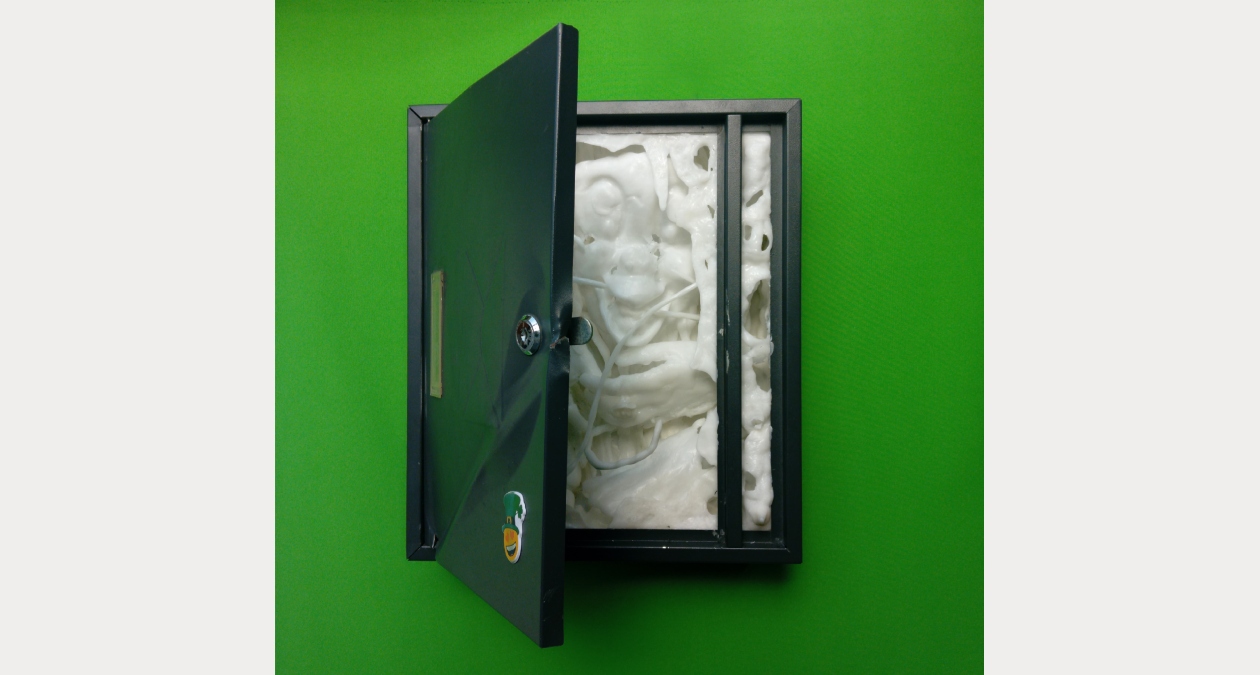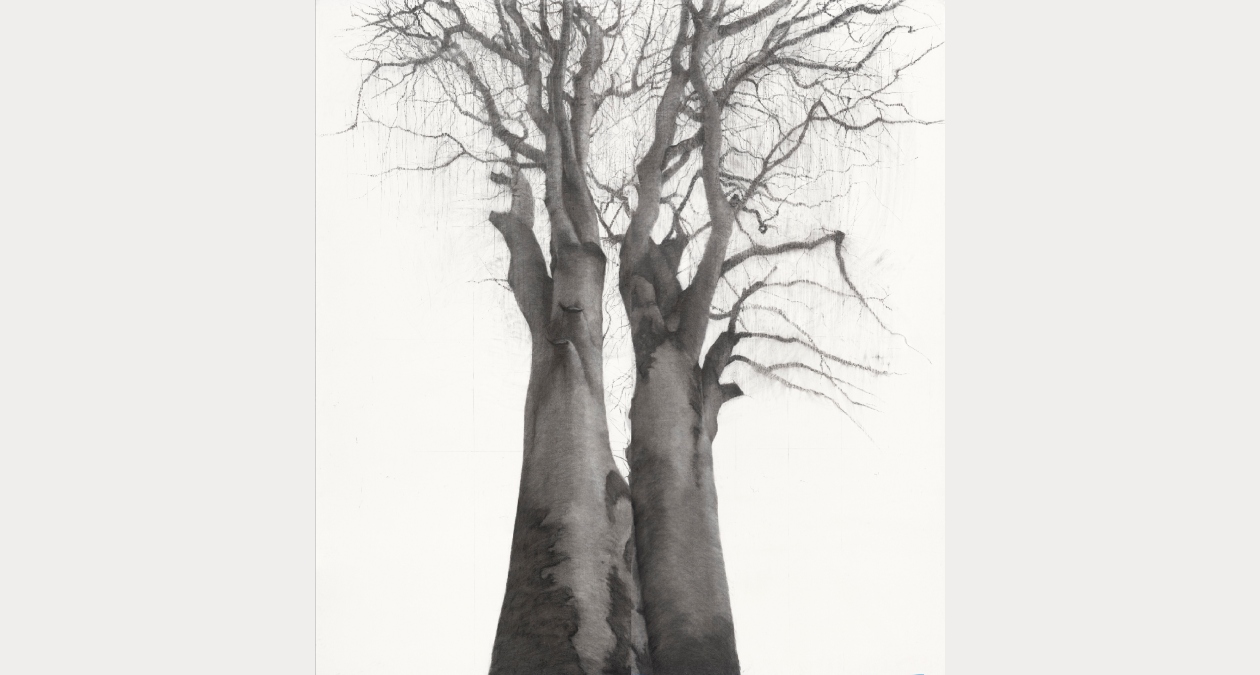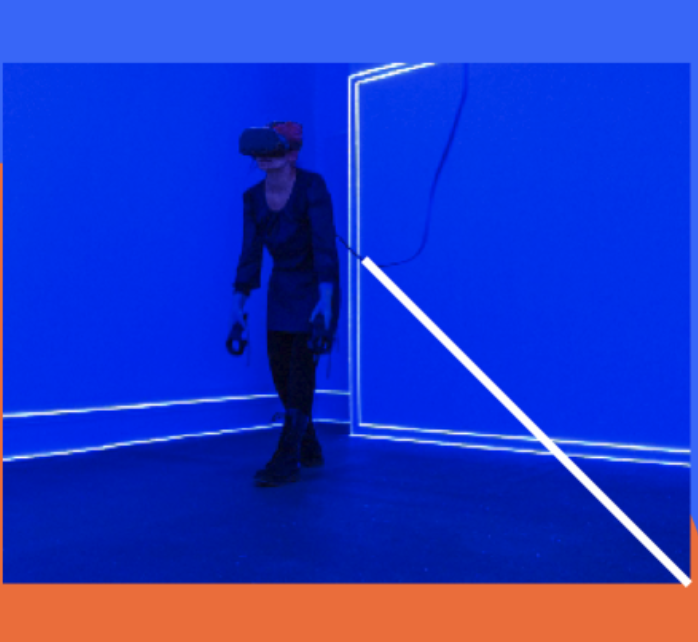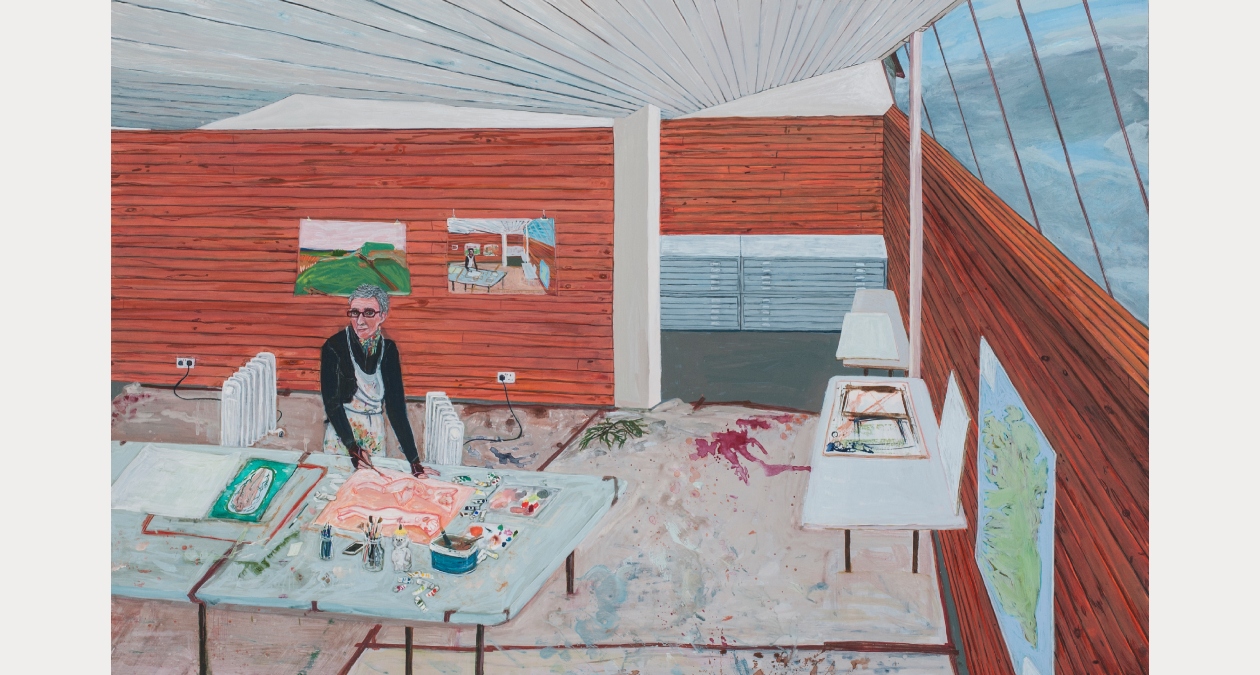Curators Notes, Ruth Carroll RHA Curator:
You always remember your first encounter with an artwork. Maria McKinney’s Sire work is possibly one of the most memorable. Ploughing Championships, Stradbally, 2015, two Dublin based curators took the train, wellies in tow, to see the new sculptures that had come from a long period of research into the beef industry and in particular the scientific interventions into the nature of breeding. So, amongst the farmers and the salesmen, the deals getting done over tea and the adverts for DIY AI courses (artificial insemination for those outside the agribusiness world), Maria’s sculptures sat proud over the various penned beasts, the “after” result of the deal so to speak. The artwork acted as a catalyst for a polite and open questioning, the farmers about art, the curators about animal breeding and most things agricultural. I’ve gone to the Ploughing most years since this first visit. It’s cancelled this year due to obvious reasons. I’m dreaming of 2021 when I can pack my wellies and ask polite questions about all things agri. Ruth Carroll, RHA Curator, May 2020.
In pre-Christian Europe humans annually performed a custom that is considered by some as an attempt to influence the future behavior of nature. Part of this practice involved making a corn dolly, an object made through the intricate handcraft of binding straw with the final sheaf of that year’s crop. Kept safe through the winter months this figurine was then deliberately destroyed the following year as the new seed was being sewn. This doll has since become a symbol of fertility, both of the land and the living creatures that feed off it.



